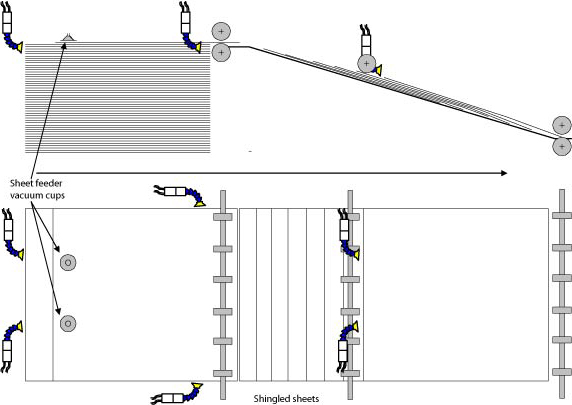-
- Some services are not accessible on a smartphone.
- Sign In
- My Account
- My Cart
- Customer Service
- Bindery Parts & Equipment | Finishing Parts Equipment | Bindery Supply
- >Meech Static Control Applications for Printing & Coating
Blocking of Sheets While Sheet Feeding Due to Static
Problem:
Offset printing processes commonly encounter the following issues:
- The continuous generation of friction during paper or plastic sheet feeding at the unstacker results in static electricity buildup. This increases as the unstacking process progresses, causing sheets to stick together as if they were magnetized.
- Some unstackers are equipped with compressed or pumped air nozzles that blow air in an attempt to separate sheets during the unstacking process. Paradoxically, the air blowing creates more static electricity due to increased friction on the sheets.
- Static charges can cause sheets to adhere to the machine bed, preventing proper sheet registration. This can lead to machine stoppages and damage to printing blankets.
Related issues in the process include the need for fanning or pile turning to loosen paper before placing it on the unstacker, machine stoppages to clear multiple sheets and perform tests before resuming, and the risk of damaging expensive printing blankets.
Solution:
By implementing our solution, which involves installing 261 Flexi Nozzles in the positions depicted in the attached diagram, you can expect the following benefits:
- Fanning of paper or pile turning becomes unnecessary, as Ionizing Nozzles will blow ionized air between the sheets, ensuring that only a single sheet is picked up and transferred from the unstacker to the conveyor. The ionized air prevents sticking and neutralizes static electricity generated by moving sheets.
- Machine stoppages due to multiple sheets being fed are eliminated, allowing for uninterrupted operation.
- The risk of damaging the printing blanket due to multiple sheets being fed is eliminated.
The advantages of our solution include:
- No need for time-consuming fanning of sheets.
- No time or material wasted on clearing multiple sheets and conducting tests when resuming machine operation.
- Protection of the printing blanket from damage.
- Potential for the machine to run at higher speeds. Increased production yield.
- Higher output in a production shift, leading to reduced working hours (and overtime).
- Freed-up time that can be allocated to other tasks.
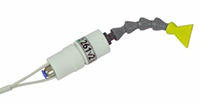 |
| 261 Flexi Nozzles |
Contamination Control After Corona Treating
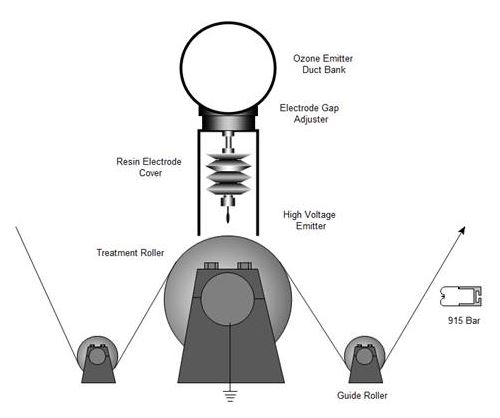
Problem:
Problem: The process of Corona Treating generates static charges that attract contaminants from machine frames, floors, and the surrounding air onto the treated web material.
Solution:
To mitigate this issue, it is essential to neutralize the static charges on the web immediately after it leaves the Corona Treater. This can be achieved by implementing a Meech 915 system positioned after the Corona Treater, ensuring effective control of static charges and minimizing contamination.
.jpg) |
| Meech 915 system |
Inkjet Printing On Board
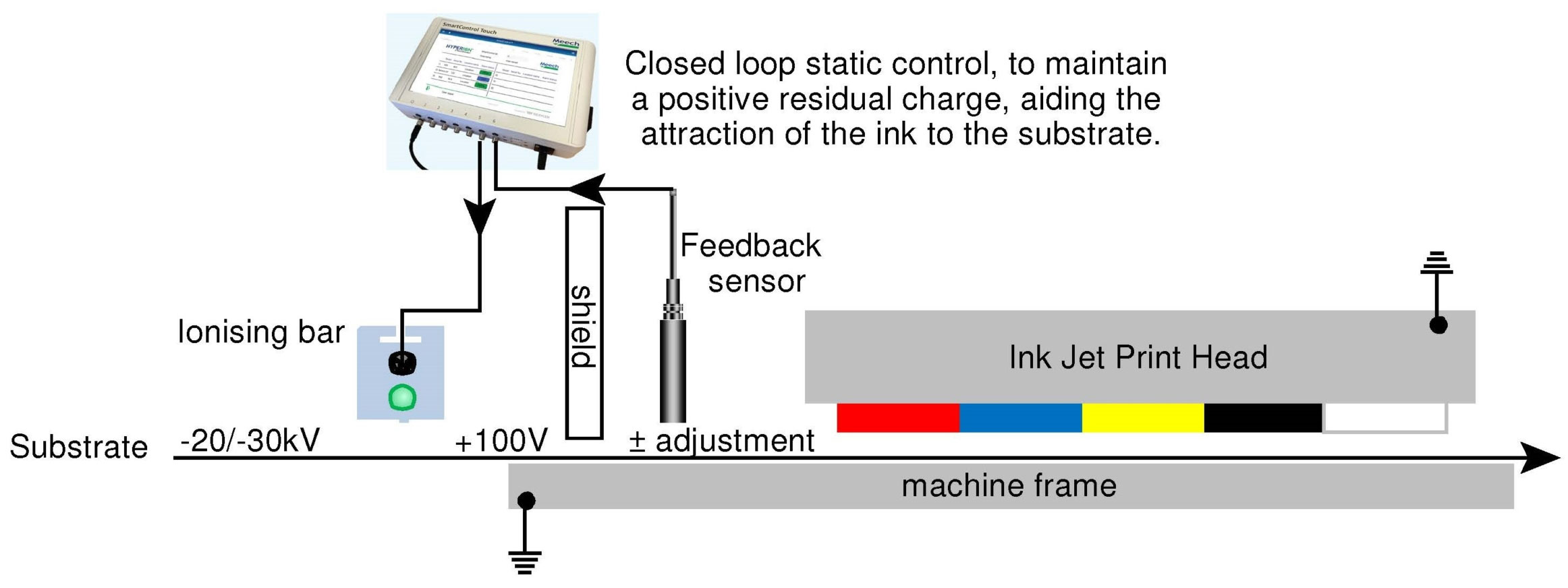
Problem:
Static charges present on materials can lead to various issues during inkjet printing. These charges can cause ink to behave erratically, such as repelling back onto the print head or attracting to the wrong section of the material. Additionally, a small negative charge is generated on the ink during the printing process.
To ensure a controlled, uniform positive charge is left on the substrate, it's crucial to attract all the ink to the substrate and reduce any ink mist during printing, which might otherwise be attracted to the print head.
When printing on sheets, maintaining the balance of the ionizing bar is essential for consistent results.
Solution:
To address these challenges effectively, constant adjustment of the ionizing bars and balance is necessary to maintain a consistent residual positive charge uniformly across the entire surface. This is achieved by installing a feedback sensor after the ionizing bar, which provides input to the Meech Smart Control. The Smart Control automatically adjusts the ionizing bar's output to ensure the desired charge level is maintained. When integrated into the production line, the system can send a signal to the Smart Control, preventing the sensor from reacting to voltage drops when printing on sheets.
Benefits:
Implementing real-time monitoring and adjustment of an ionizing system on an inkjet print line reduces machine stoppages and downtime required for cleaning and maintenance. This, in turn, minimizes repeated interruptions for print head cleaning, reduces ink consumption, decreases scrap product, and ultimately enhances overall productivity.
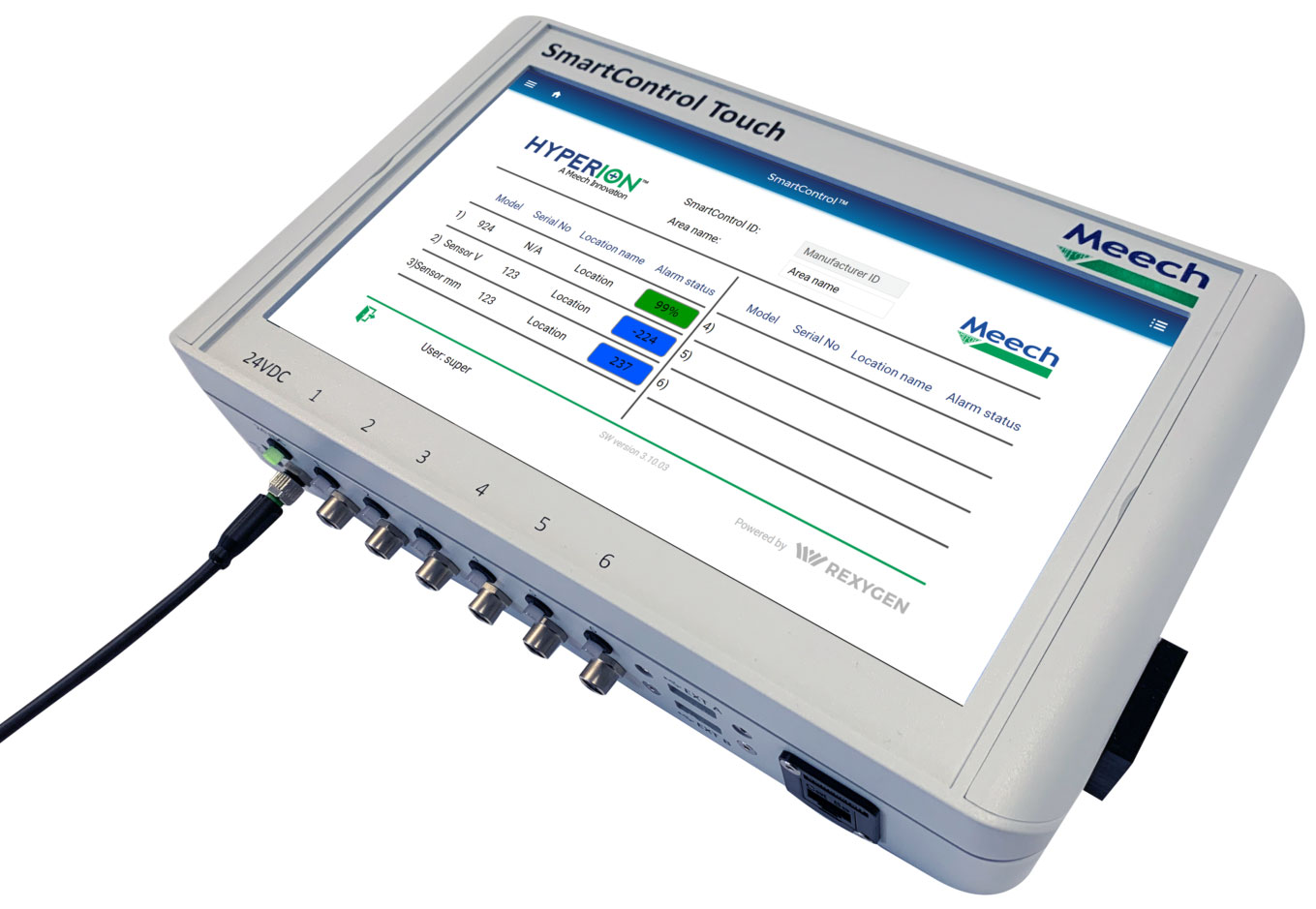 |
| Meech Smart Control |
Preventing Static Issues During Fiber Optic Coating
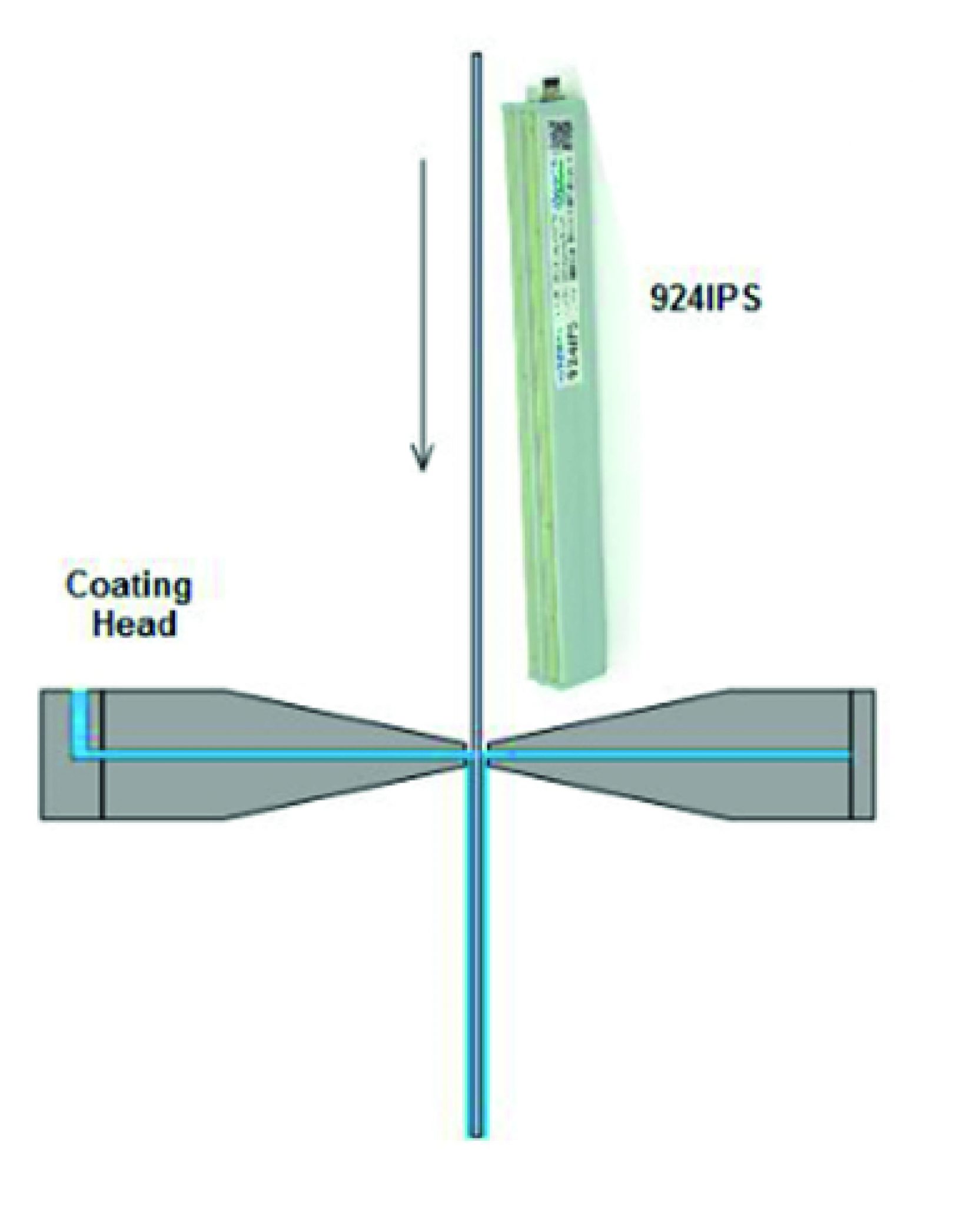
Problem:
The accumulation of static charges on the fiber optic strand can impact the coating process, potentially leading to the following issues: Uneven coating application on the fiber optic strand, ultimately necessitating the disposal of the entire spool due to compromised light transmission quality.
Solution:
To address this problem, consider installing a 929IPS or 924IPS Hyperion Bar in a parallel orientation to the strand's direction before it passes through the coating station. This setup will effectively eliminate the static charges on the strand, enhancing the quality of the coating process.
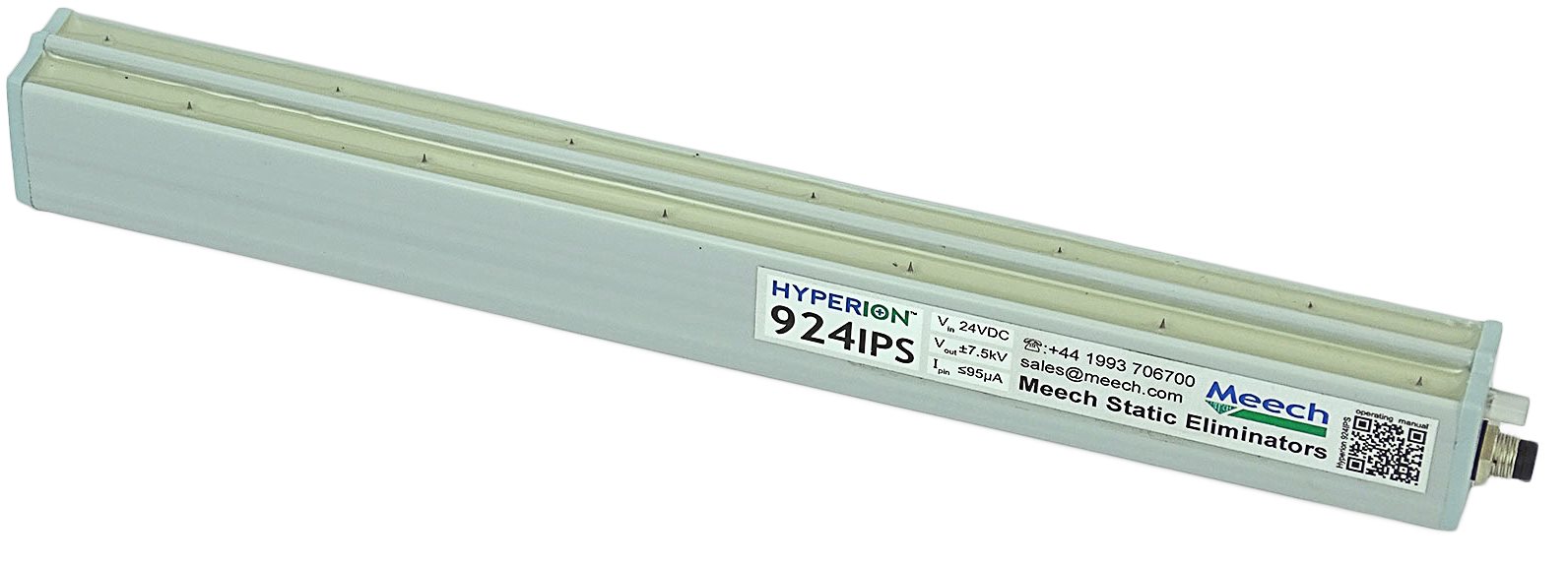 |  |
| 929IPS Hyperion Bar | 924IPS Hyperion Bar |
Static Issues During Inkjet Date Coding
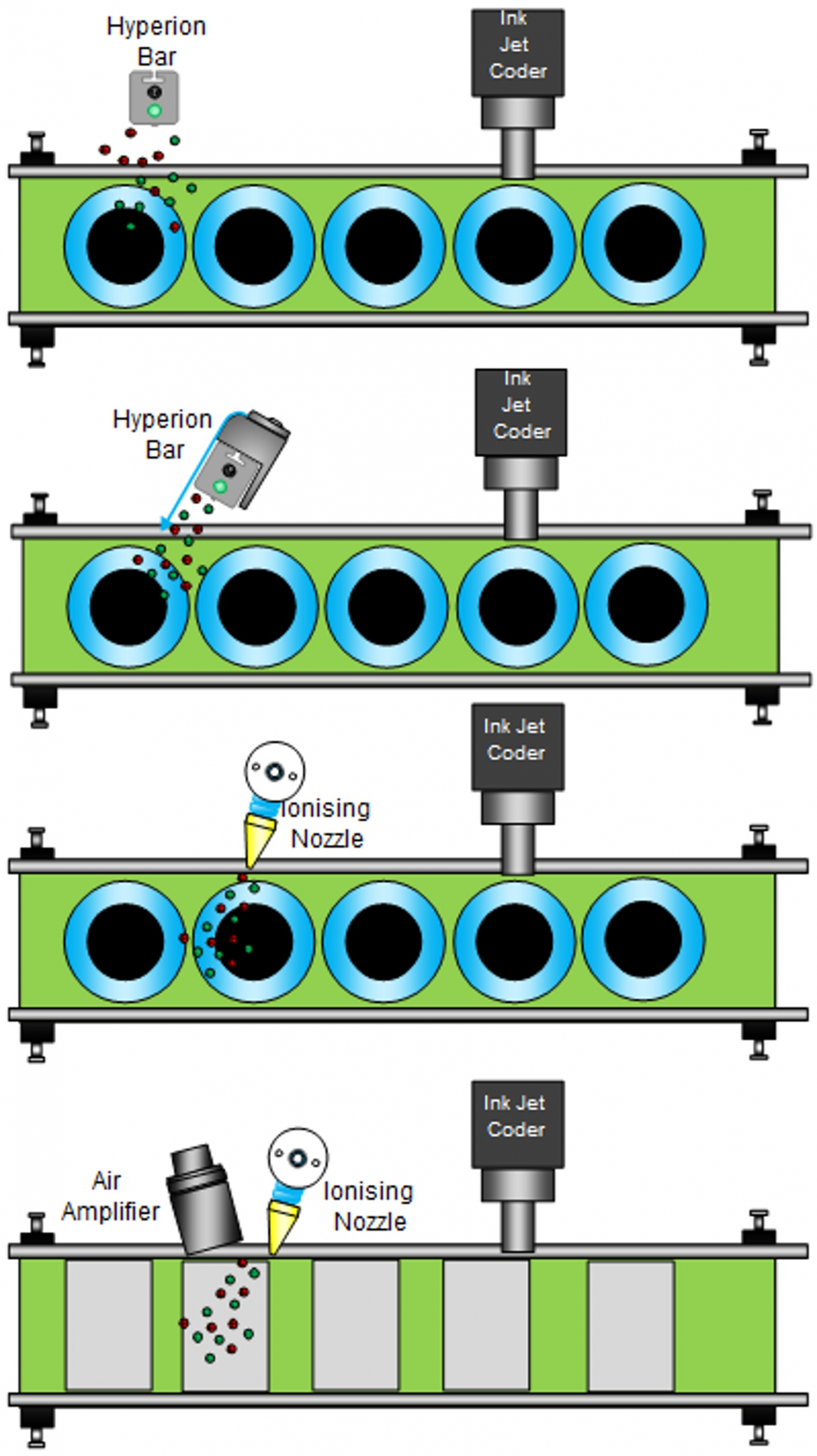
Problem:
Products that are either dusty or statically charged can pose challenges when utilizing inkjet printers for date or batch coding. Common issues associated with such conditions include:
- Obscured printing due to misting
- Frequent blockages in the print head
- Potential electrostatic discharge (ESD) damage to the print head's circuit board
Solution:
To address these challenges, consider implementing ionization or ionized air technology to neutralize the static charges that are attracting contaminants to the product's surface. The use of ionized air effectively cleans the surface from contaminants, enabling the ink to adhere to the product rather than the contaminants.
In cases of heavy contamination, employing an air amplifier connected to a vacuum bag can be beneficial. This setup helps capture airborne dirt particles, preventing environmental contamination issues.
The accompanying drawings illustrate various options available to overcome these printing-related issues.
Static Issues During Tampo And Pad Printing
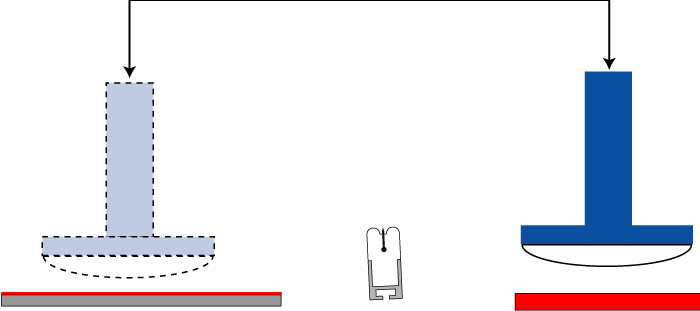
Problem:
Common issues related to static electricity include problems like ink spidering or webbing. These problems can arise from static charges present in the pad, the product, or from the charge generated when the pad comes into contact with the product.
Solution:
The appropriate solution depends on the machine's particular design. If the static charge is originating from the pad, it can be effectively neutralized by positioning a 915 Bar as indicated below. Alternative positions may also be considered for this purpose.
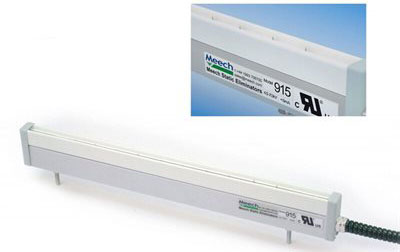 |
| 915 Bar |
Static Issues On Flexo Press Re-Winder
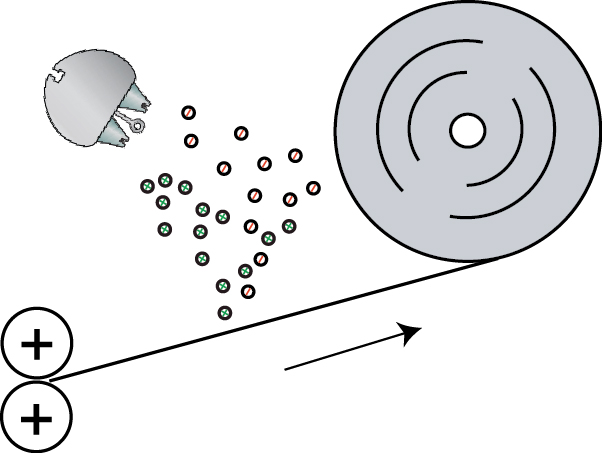
Problem:
Rolls can accumulate a significant static charge, often referred to as the "battery effect," which can give rise to several issues, including:
- Unpleasant shocks to operators
- Attraction of dust, resulting in contamination of stock
- Production of poorly wound reels that may prove challenging to fit onto machines and lead to feed problems
Solution:
To address these problems effectively, consider using the Meech 971IPS Bar, positioned as indicated below. While the placement of a Model 971IPS Bar at the unwind reel is optional, if installed, it will provide comprehensive control over the static charges.
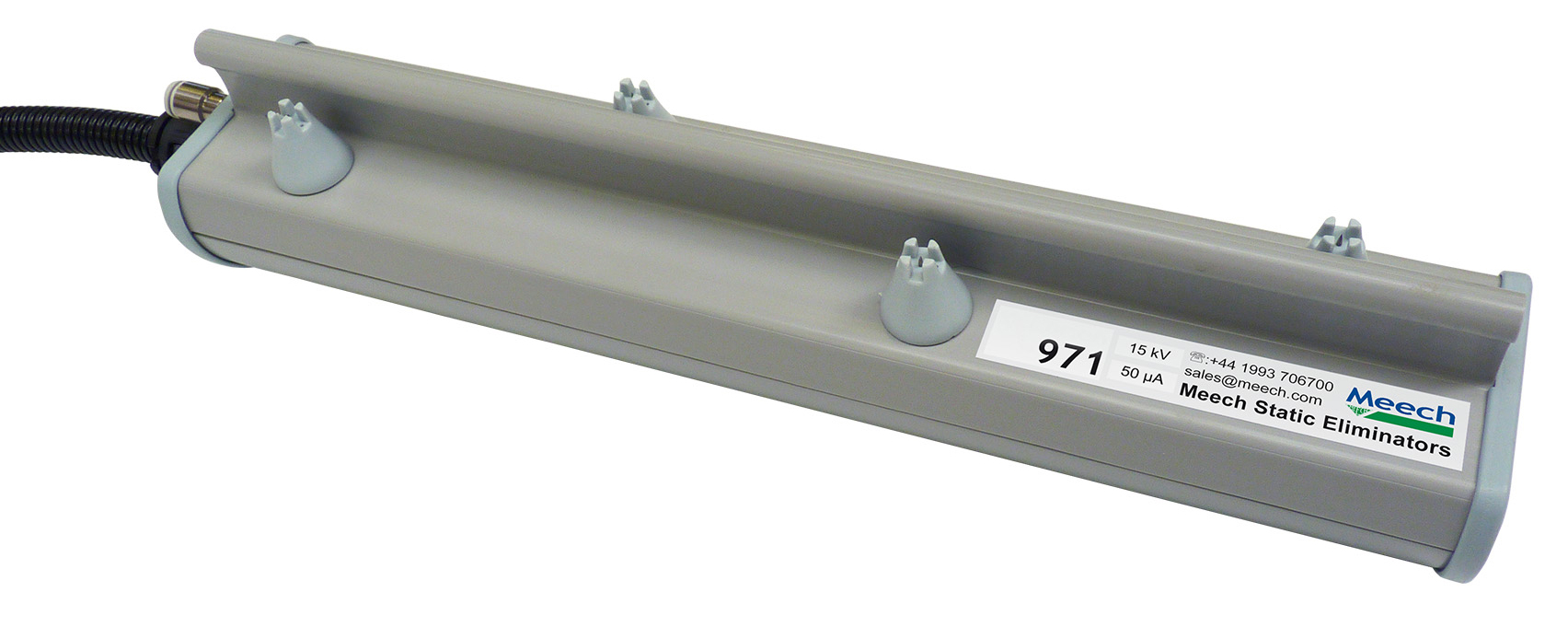 |
| Meech 971IPS Bar |
Static Issues On Litho Press Sheet Delivery
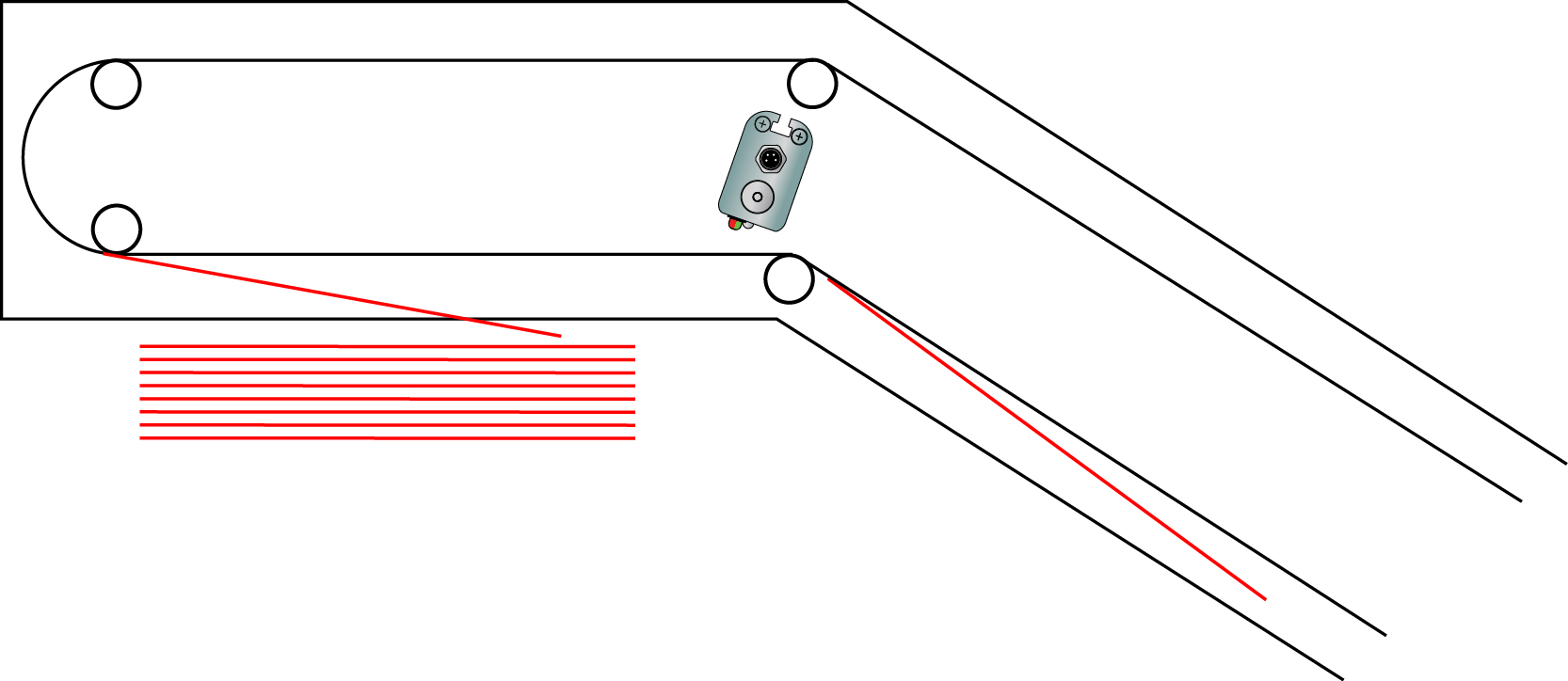
Problem:
Sheets can amass a significant static charge during the printing and conveying process within the machine, leading to the following issues:
- Irregular delivery stacking
- Disruption of subsequent finishing processes downstream
Solution:
To mitigate these problems effectively, it is imperative to employ a robust ionizer. The Model 929IPS Bar is highly suitable for this purpose, especially since it can operate without interference from moving grippers. Whenever feasible, it is advisable to neutralize both sides of the sheet near the delivery pile.
The 929IPS, with its well-balanced ionizing field, is particularly well-suited for scenarios involving the printing of metalized stock.
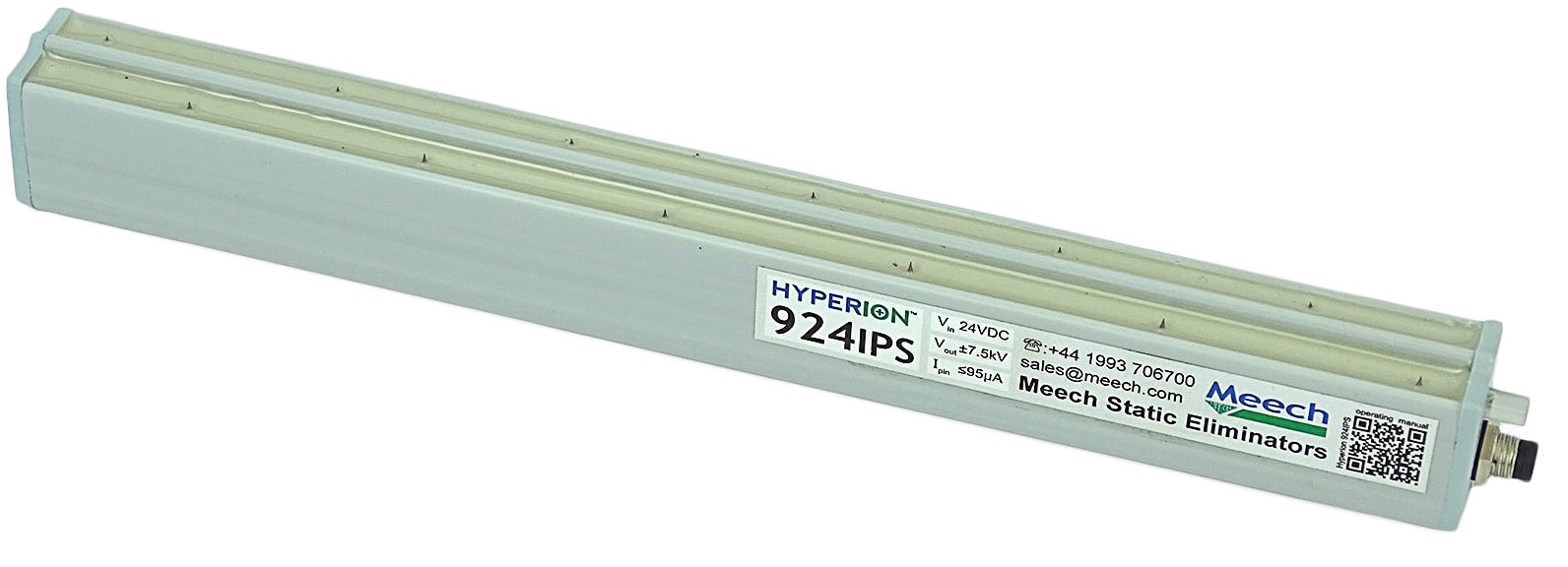 |
| 929IPS Bar |
Fire Prevention During Coating Film Using Solvent-Based Coatings
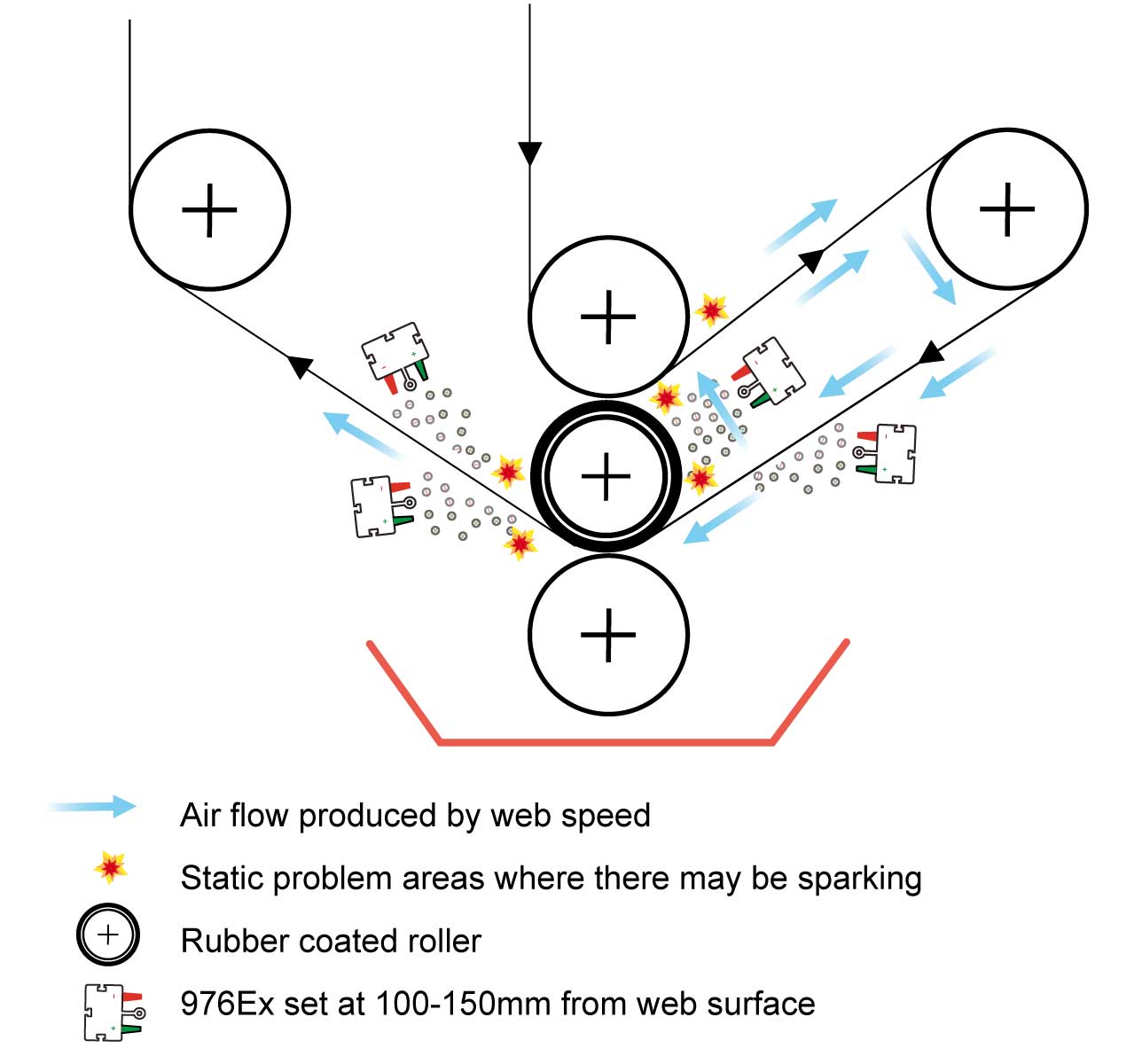
Problem:
Solvent-based coating processes pose significant risks due to the generation of high electrostatic charges on the substrate and rubber-coated machine rollers. Subsequent electrostatic discharge can potentially ignite the solvent-rich environment, resulting in:
- Fire incidents
- Damage to the machinery
- Disruption of production
- Health and safety concerns
Solution:
In classified hazardous environments, only static control devices that meet rigorous ATEX requirements should be installed. The Meech Model 976Ex long-range pulsed DC systems provide a proven solution to mitigate potential static discharge issues in high-speed solvent-based printing and coating lines.
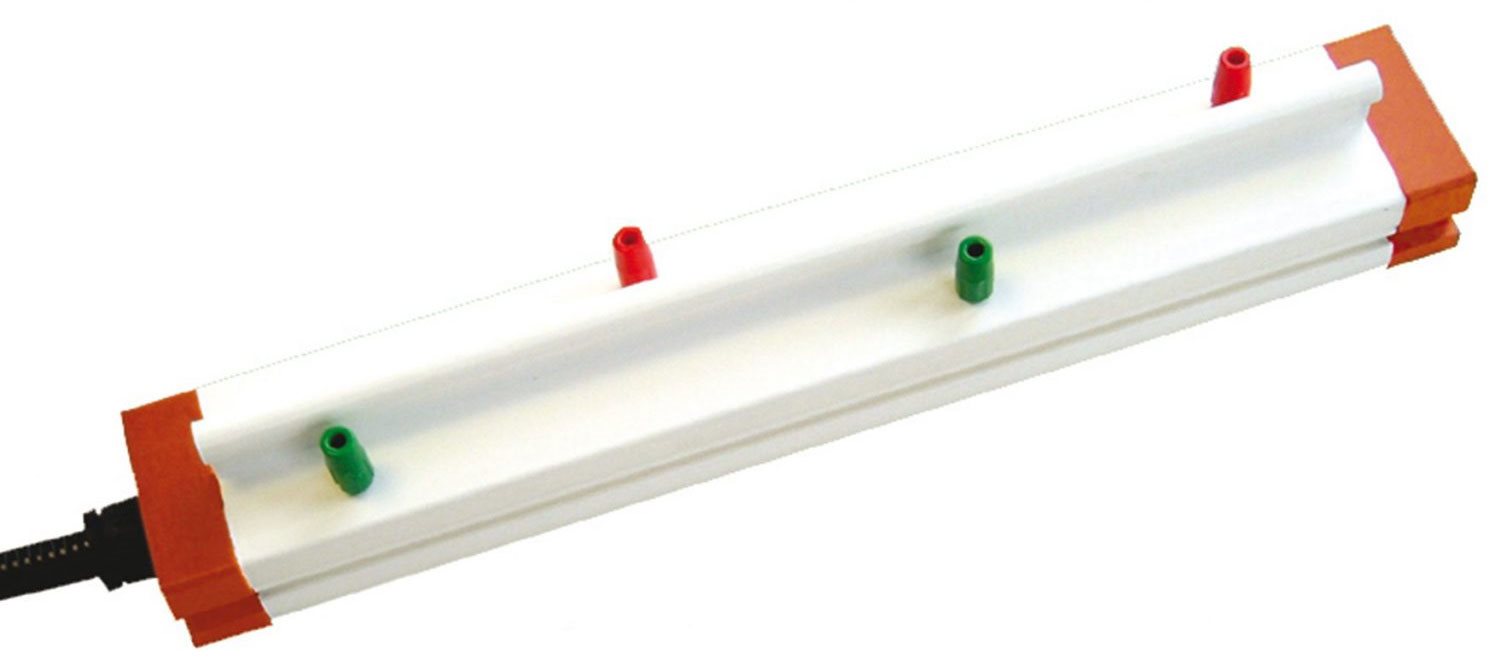 |
| Meech Model 976Ex |
Screen Printing – Preventing Defects Caused by Static from Squeegee
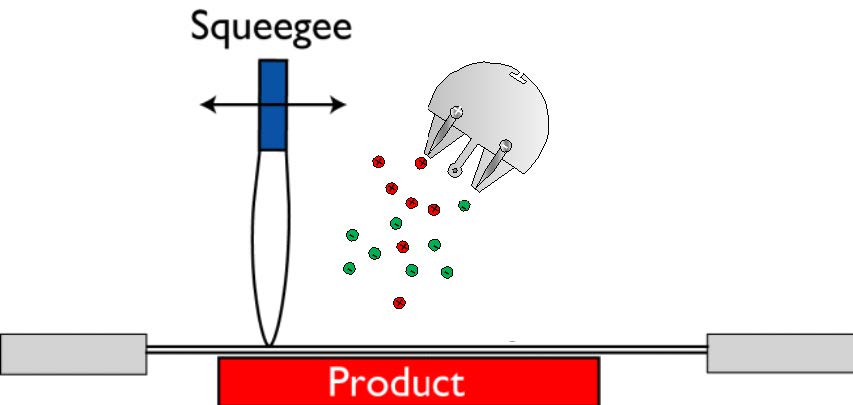
Problem:
During the printing process on flatbed and cylinder screen printing machines, the generation of static charges can lead to various issues, including:
- Substrate adherence to the screen once it's printed
- Ink spreading and web-like patterns
- Attraction of dust to both the screen and substrates
Solution:
To counter these problems effectively, consider installing a long-range Model 971 Pulsed DC Bar that spans the width of the screen. This setup will promptly neutralize the charge on the screen and substrate as soon as it is produced by the squeegee.
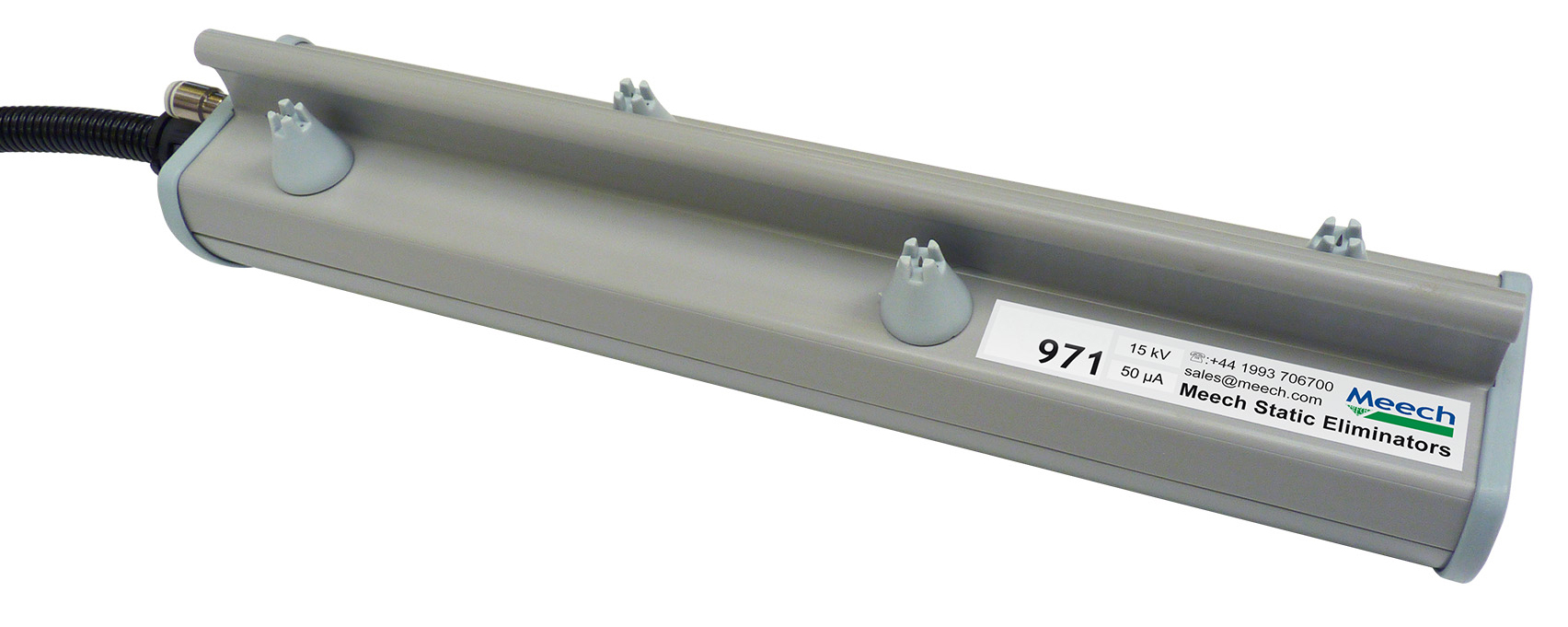 |
| Model 971 Pulsed DC Bar |
Screen Printing Feeder – Preventing Multiple Sheet Feeds

Problem:
The press is experiencing frequent stoppages due to multiple sheets being fed into it.
Solution:
To address this issue, you can install Meech 261 flexi nozzles, which will emit ionized air in between the top sheets to neutralize electrostatic charges.
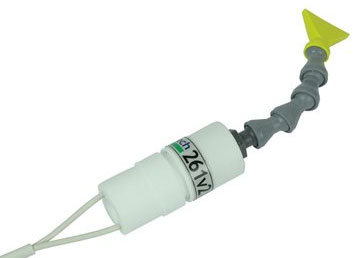 |
| Meech 261 flexi nozzles |
Screen Printing Press – Preventing Screen Contamination & Print Defects

Problem:
Sheets sticking to the underside of the screen. Holes and or tags in the printed surface due to ink bridging between the screen and media.
Solution:
To prevent electrostatic attraction and effectively neutralize the electrostatic charge, consider installing a Meech 929IPS bar in front of the squeegee.
 |
| Meech 929IPS bar |
Screen Printing Press – Preventing Static Issues With The Delivery Stack

Problem:
Sheets failing to collate on the delivery stack, attributed to electrostatic charges repelling the top sheet and causing it to hover above the stack.
Solution:
To neutralize the electrostatic charges on the sheets as they exit the conveyor and before they reach the stack, consider installing a 929IPS bar at the conveyor's end.
 |
| 929IPS bar |
Screen Printing Press – Static Control for Wide Format Screen Printing to Prevent Sheet Adhesion to the Screen
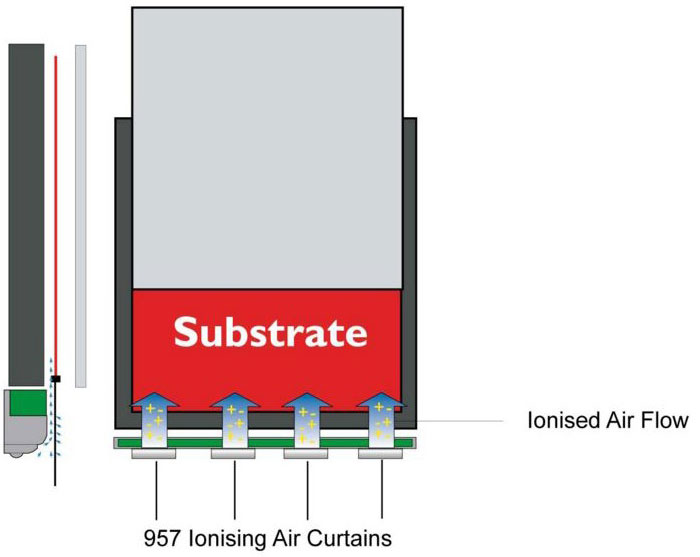
Problem:
In the context of ¾ automatic silk screen printing machines, static charges present on substrates, such as plastic, give rise to several challenges:
- The substrate adheres to the screen bed during retraction, causing it to be pulled away from the gripper fingers and preventing it from falling correctly
- As the substrate rises again, it is attracted to the screen, leading to improper release
- Irregular behavior of the substrate as it travels toward the dryer
- Attraction of airborne contaminants
Solution:
To address these issues, a combination of 957 air curtains and a 914 shockless ionizing bar is employed. Typically, the length of the ionizing bar matches the width of the machine it is installed on. The number of 957 air curtains is determined by the number of gripper fingers, with one 957 positioned between each gripper.
The system can be powered by the air pump of the screen print machine. The air aperture is adjusted to accommodate lower pressure, and a direct connection to the mains air supply is also acceptable. The ionization system remains operational continuously, but the air supply is controlled by a solenoid, activated in response to a relay connected to the machine control panel. This allows a controlled release of a small amount of ionized air for a brief duration while the gripper fingers are in operation, ensuring the substrate detaches smoothly from both the screen and the screen bed.
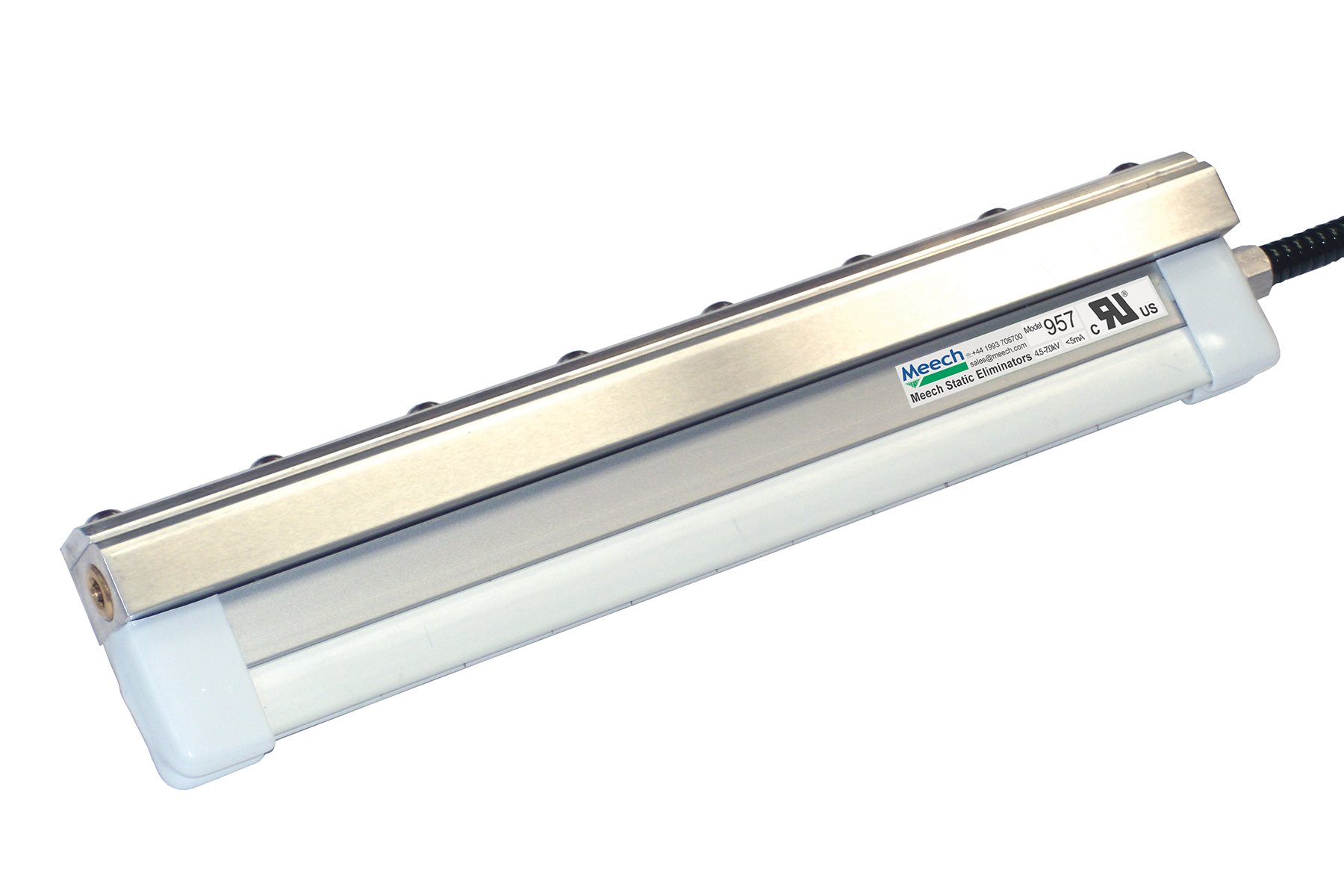 | 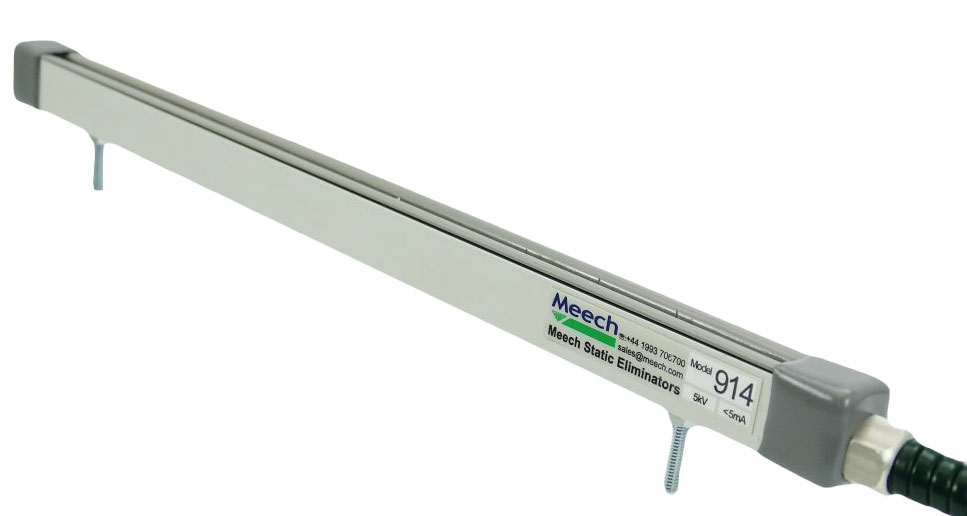 |
| 957 air curtains | 914 shockless ionizing bar |
Print Finish - Static Control for Inkjet Printing to Prevent Misting, Dripping, and Print Head Blockages
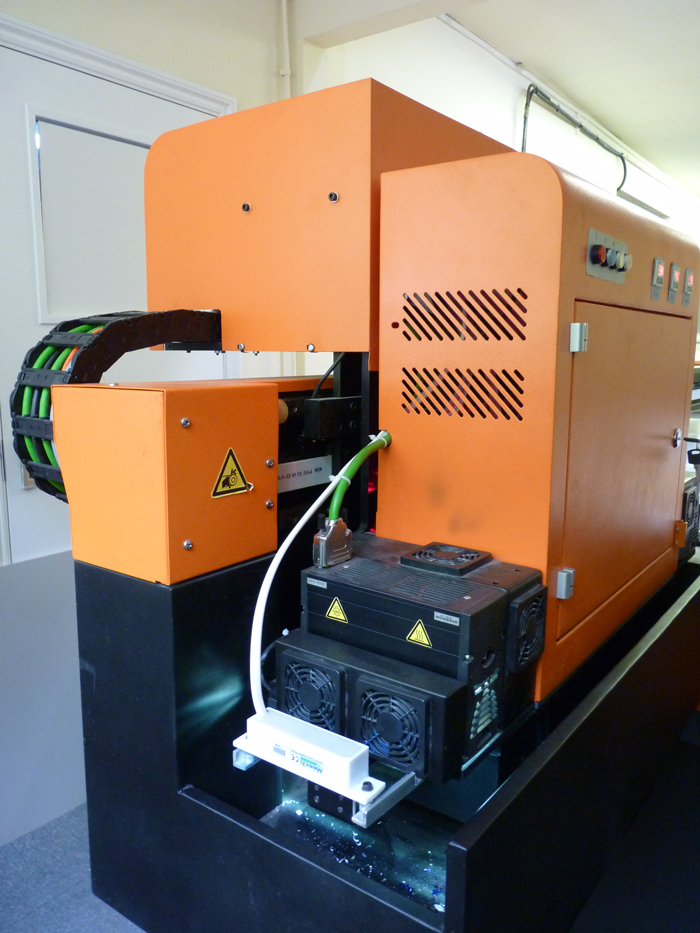
Problem:
In the realm of wide-format digital printing, challenges arise when attempting to print on insulative materials. These challenges manifest as poor print quality, frequent print head blockages, ink drips (commonly referred to as tagging), misting, and indistinct print edges. The root cause of these issues is the presence of electrostatic charges generated during the removal of protective films and the drying of ink between passes, which repel the ink, hindering proper ink deposition. Electrostatic charges on the substrate repel fine atomized ink particles, creating an undesirable ink cloud. This ink cloud can accumulate on the print head or settle on the substrate in incorrect positions, resulting in reduced print clarity. Additionally, the ink that accumulates on the print head can pool and eventually drip onto the substrate, leading to rejected prints. A more severe problem occurs when the ink dries onto the print head, obstructing the ink jets. This can necessitate the costly replacement of print heads.
Solution:
To address all these issues comprehensively, consider installing a Meech 976 Mini Pulsed DC system. This compact and lightweight electrostatic control system offers the ultimate solution by Minimizing the additional weight on the print carriage compared to an AC system. Enhancing print quality compared to an equivalent AC system. Reducing press downtime required for head maintenance. Preventing product rejection due to ink drips. Lowering the risk of costly print head replacements.
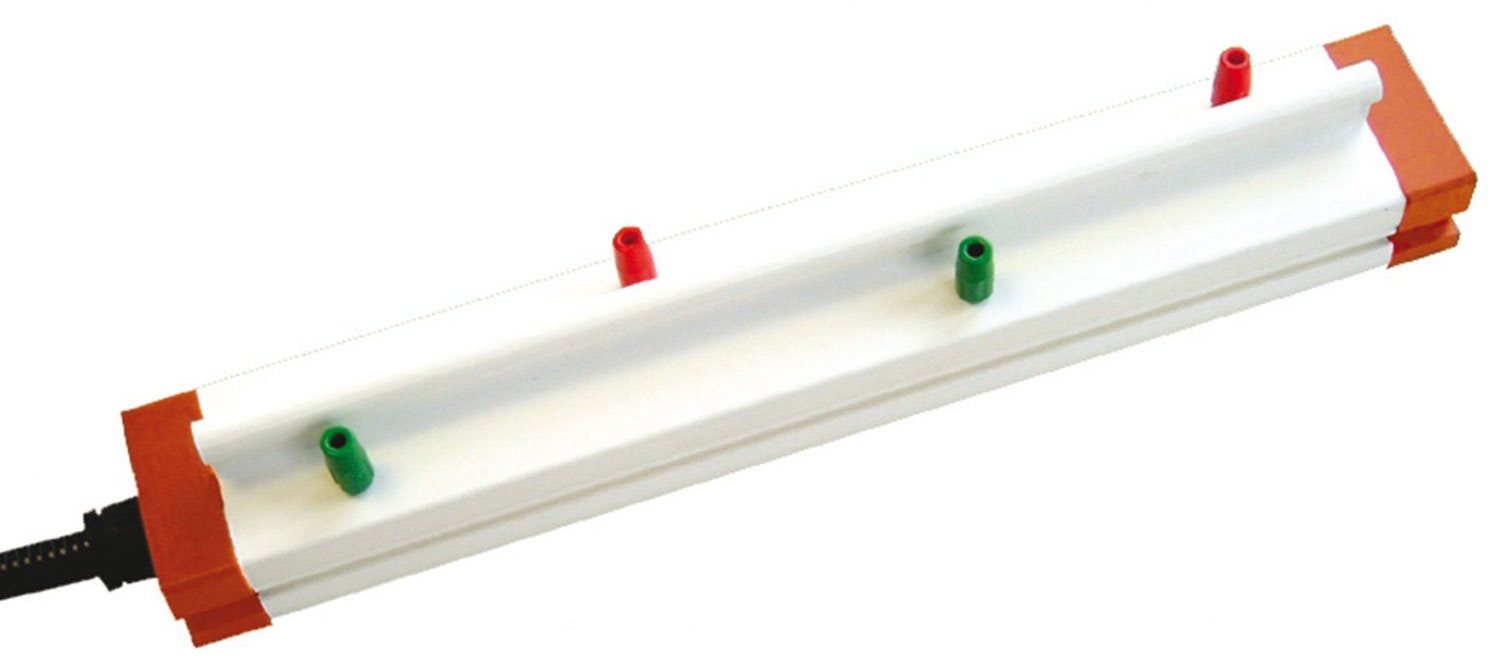 |
| 976 Mini Pulsed DC system |
Print Finish – Static Control for High-Speed Folding Stations to Prevent Fold Alignment Issues
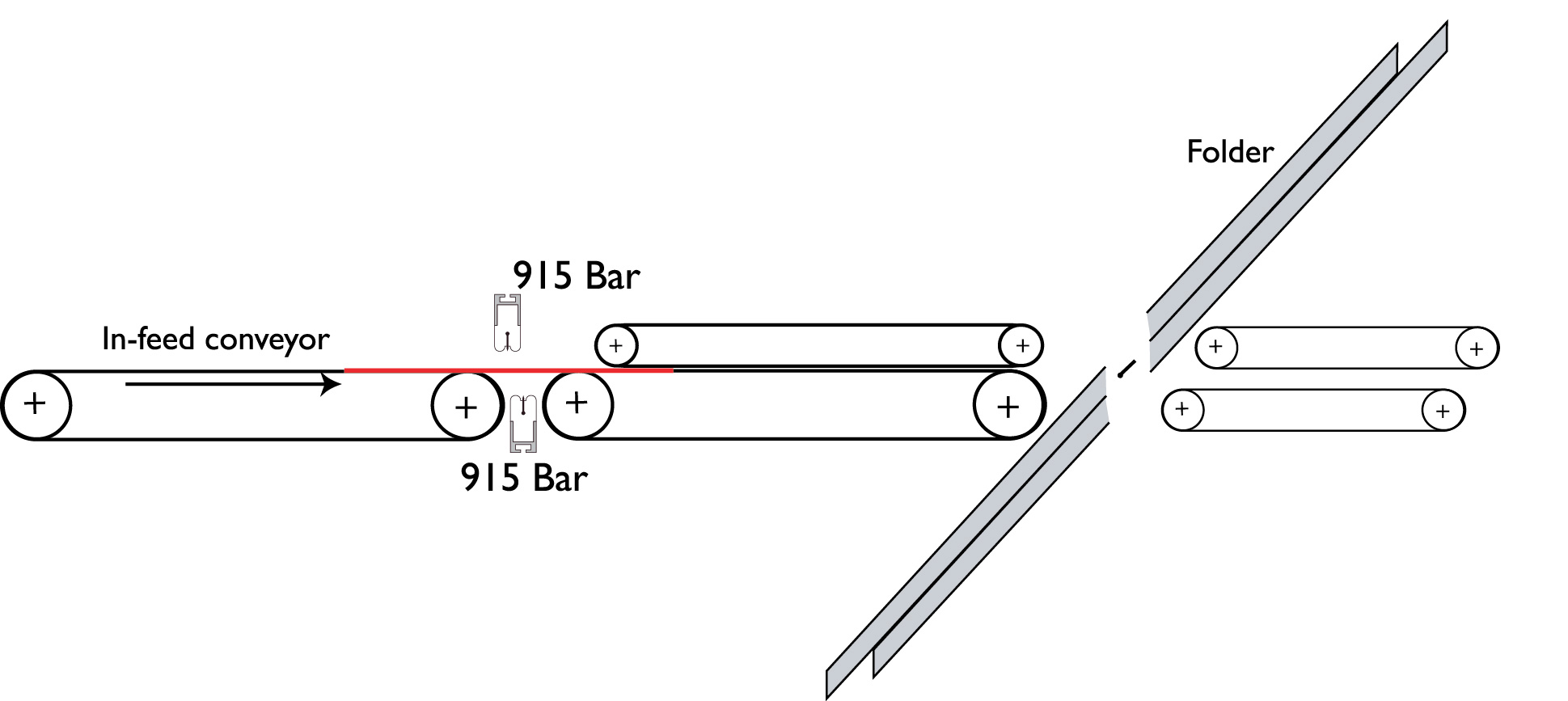
Problem:
In high-speed multipage folding stations, static charges on the sheets can lead to significant problems, including:
- Misalignment of sheets within the folding gates
- Sheets unable to feed through the delivery system
- Costly and disruptive downtime required to clear the folding stations
- Substantial reduction in operating speeds
Solution:
To effectively address these challenges, the placement of two Model 915 bars at the base of the gates in both double folding stations proves highly effective. This configuration provides potent and targeted ionization.
As a result, the sheets are completely neutralized, even at the folding station furthest from the bars, enabling them to flow smoothly into and out of the folding stations, even at high operating speeds.
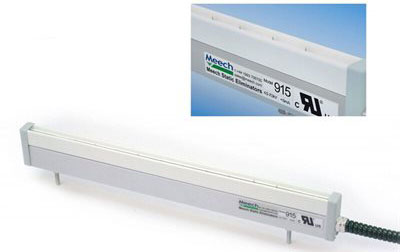 |
| Model 915 bars |
Print Finish – Static Pinning Of Magazines Preventing The Stack Slipping
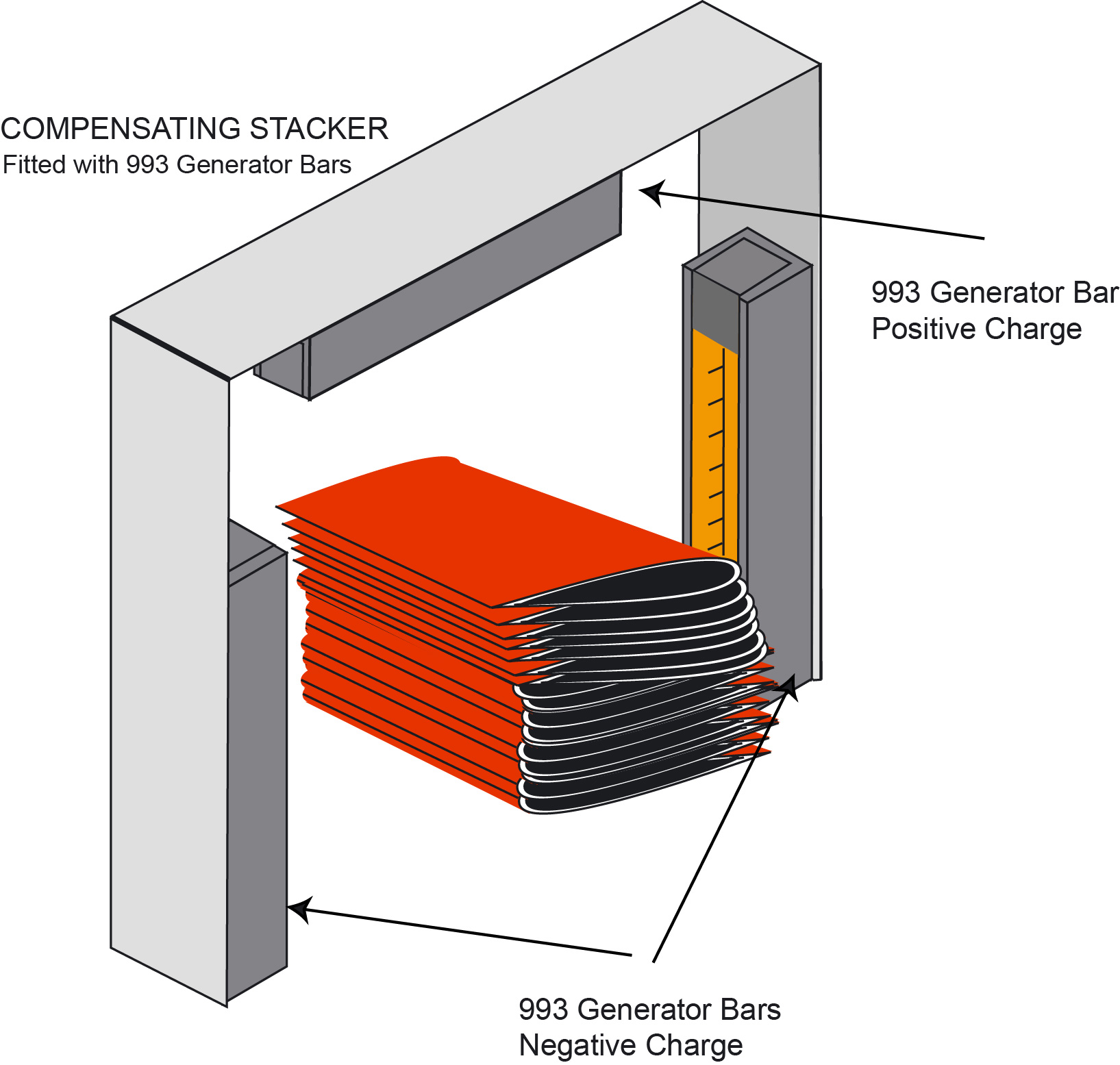
Problem:
Compensating stackers are used to assemble stacks of magazines and books, typically destined for newsagents. In these stackers, magazines, and books are fed in and organized into a predetermined stack quantity. The completed stack is then transported by a conveyor to either a strapping machine or an automatic palletizer. However, due to the smooth and slippery nature of the covers, the magazines or books tend to slide and shift as they move along the conveyor. This can result in inaccuracies in stack heights or a less-than-optimal stack presentation.
Solution:
To address this issue, static-generating equipment is installed to effectively "pin" the stack together. This ensures that the stack maintains its perfect shape during transit to the next phase of the operation. This solution not only improves stack integrity but also reduces the need for manual labor to re-stack the piles, resulting in significant manpower savings.
Fire Risk During Gravure Printing
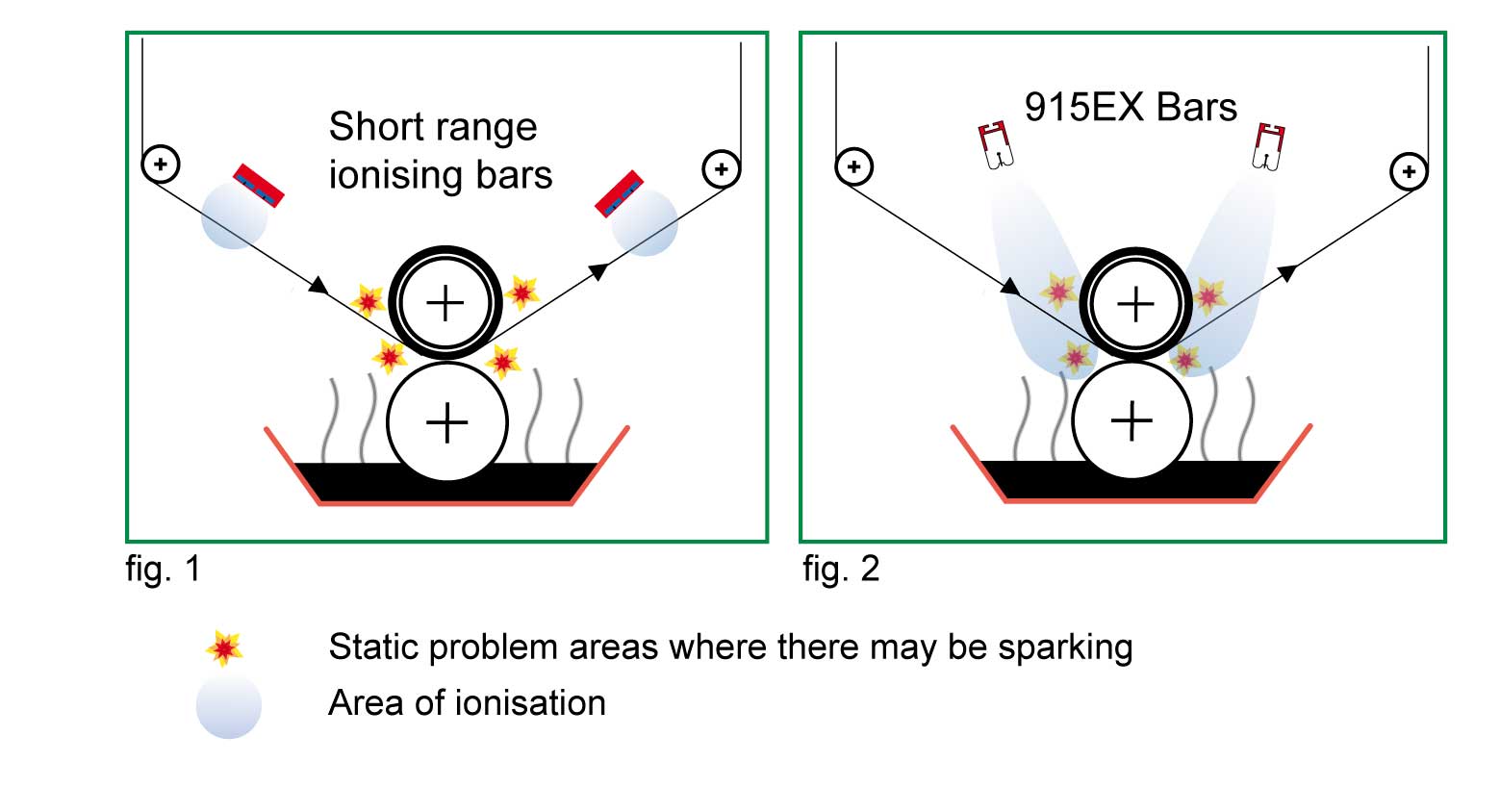
Problem:
The utilization of flammable solvents in Gravure Printing carries a significant fire risk. Static charges generated on the web and pressure rollers during the printing process can discharge onto the impression roller, creating a potential ignition source that can ignite the solvent gases. This critical flashpoint typically occurs as the web enters or exits the nip between the pressure and impression roller, with the problem exacerbated when metallic inks are used.
While installing short-range ionizing bars is a partial solution, they come with several drawbacks due to their limited reach:
- Ionization doesn't cover a sufficient area.
- Rapid contamination due to close proximity to inks.
- Short dwell time, leading to suboptimal neutralization.
- Vulnerability to damage in case of a web break.
Solution:
To comprehensively address these issues, consider installing a Meech 915EX bar, which boasts an effective range of up to 150mm. This solution effectively eliminates the static charge precisely where it is required. Its extended range also allows it to be positioned farther away from the web, reducing contamination and minimizing damage risks. The greater range provides a larger ionizing footprint, ensuring a longer time during which the web is within an ionized field, thus optimizing performance and safety.
 |
| Model 915 bars |

